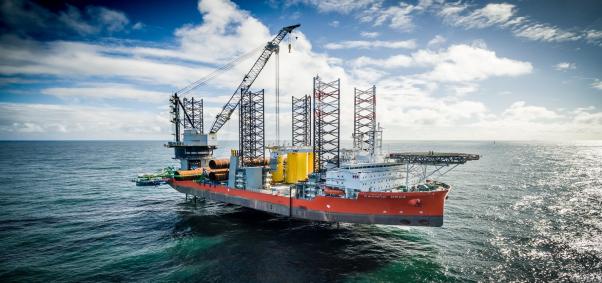
This article was published in Project Syndicate on August 5, 2015.
Ngozi Okonjo-Iweala is a member of the Global Commission on the Economy and Climate and Minister of Finance for the Federal Republic of Nigeria. Nicholas Stern is co-chair of the Global Commission on the Economy and Climate and IG Patel professor of economics and government at the London School of Economics and Political Science.
Climate change confronts developing countries with a dilemma. On one hand, they are particularly vulnerable to its effects, giving them a strong interest in the global reduction of greenhouse-gas emissions. On the other hand, they are in desperate need of energy, with some 1.3 billion people around the world – and two out of three Africans – currently lacking access to electricity.
In the past, the solutions to these imperatives would have been at odds with each other. Providing more people with access to electricity would have necessitated emitting more greenhouse gases, aggravating the consequences of climate change. Fortunately, the economics of energy has shifted significantly in recent years. It is now possible to expand access to energy in developing countries while also limiting emissions – if investments are channeled into clean energy.
In 2013, roughly $1.6 trillion was invested in energy infrastructure worldwide, with about 70% going to systems that depend on burning fossil fuels and the rest going to clean energy. Fortunately, these percentages are starting to change; with the right policies, they could be reversed. If investment in clean energy can be raised to at least $1 trillion per year by 2030, it will be possible to provide energy access to those most in need while cutting annual carbon-dioxide emissions by 5.5-7.5 gigatons – roughly what the United States emits in a year today.
Already, investments in clean energy are soaring as the cost of producing it plunges. In many places, solar and wind energy are now competitive with fossil fuels. As prices continue to fall and technologies mature, each dollar invested produces more power. The $270 billion invested in renewable energy in 2014 created 36% more generating capacity than the $279 billion invested in 2011. Thanks to this trend, the installation of capacity for the production of renewable energy exceeded that for fossil-fuel-based production for the first time ever in 2013.
The costs of off-grid electricity are also falling, providing exciting new opportunities to provide affordable and reliable power to rural communities. Solar photovoltaic modules, which are about 80% cheaper now than they were in 2008, can be used in isolated locations. And new developments in battery technology, together with declining manufacturing costs, are expanding the availability of off-grid energy storage.
And yet, despite these advances, the transition to clean energy is not happening fast enough. At the current rate of change, the total share of global electricity production from renewable sources will reach just 20% by 2030. That is less than half the 41% target that the International Energy Agency recommends if the world is to avert global warming of more than two degrees Celsius during this century.
Africa, where much of the energy infrastructure is being built from scratch, could take the lead in renewable energy production. Indeed, the International Renewable Energy Agency estimates that the continent’s potential for wind and solar power alone amounts to more than 1.5 trillion gigawatt hours a year.
But if this opportunity is to be seized and the clean-energy transition accelerated, a series of institutional bottlenecks must be removed. Governments must put in place stable and supportive policies and regulations, reduce investment risks in the sector, and properly price clean energy. Steps should include the elimination of fossil-fuel subsidies, setting a price for CO2 emissions, and improving the governance of electricity markets.
Meanwhile, multilateral and national development banks should increase funding for climate-related investments, shift resources away from projects that imply a large carbon footprint, and coordinate stakeholders and investors, so that risks can be mitigated and private-sector finance can be attracted.
Cooperation between the public and private sector can improve the risk-reward profile of low-carbon energy projects. Companies have a clear stake in low-carbon infrastructure, as climate change poses substantial risks for global supply chains. The private sector can shift investment toward renewables through new financial instruments like credit guarantees and currency swaps, co-investment funds, and green bond markets. The change is already underway: issuances of green bonds more than tripled between 2013 and 2014, to more than $35 billion worldwide.
Developing countries no longer have to choose between energy production and sustainability. Affordable solutions to both problems are within reach, and much of the world – particularly Africa – has a unique opportunity to leapfrog to the next generation of electricity generation. As the international community works this year to address the challenges of climate change and promote sustainable development, efforts to expand access to clean energy should be placed near the top of the agenda.






